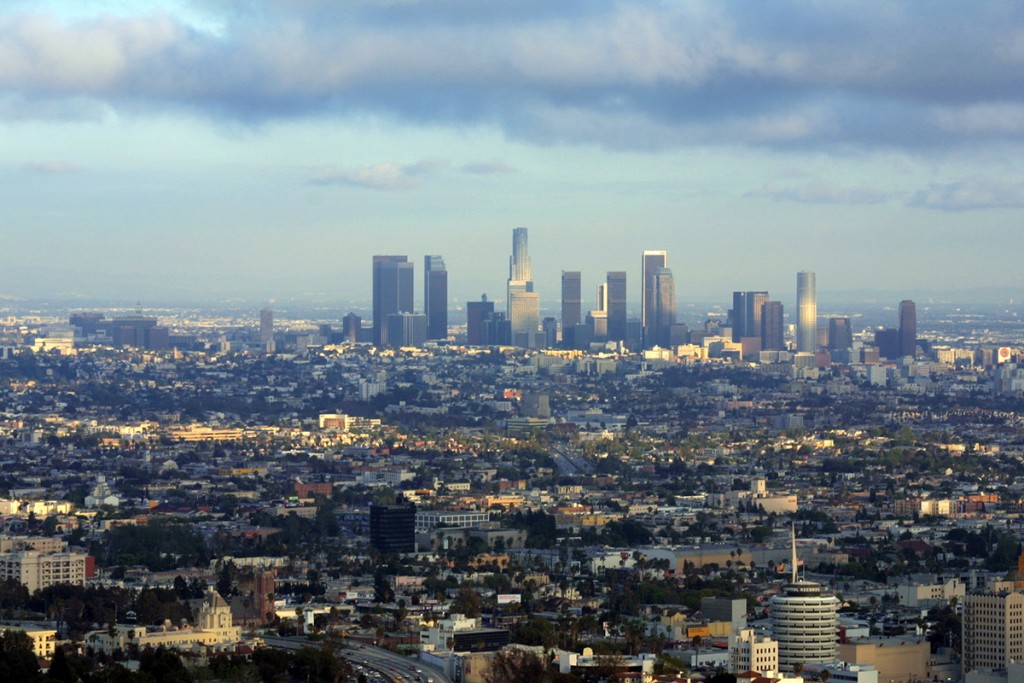A Los Angeles Times interview with “Father” Alice Callaghan, former Catholic nun, now Episcopal priest and advocate for the homeless in Los Angeles, is the prompt for a discussion at the Burbank Leader‘s In Theory about cities’ responsibilities toward their homeless populations.
In the L.A. Times story, Callaghan talks about Los Angeles’ approach to homelessness and says it is more about visibility than it is about finding ways to end homelessness itself:
In the past, the city redevelopment agency had a plan to save skid row housing, to fix it up, to maintain it, because the city understood then that if you didn’t house people on the row, you couldn’t solve any other problems in downtown. That plan lost support in the late ’80s. With term limits, there were no champions left, the redevelopment agency began to lose its power and downtown became laissez-faire economics, which it is to this day.
New York announced a $41-billion, 10-year plan to save housing, with an emphasis on the lowest[-income] 25%. We have no plan out of City Hall. I don’t think our city has the slightest interest in the homeless except for visibility. [And yet] if you eliminate the housing, you are now saying the de facto housing for the homeless of this city for decades will be on the sidewalks.
Callaghan outlines some of the local changes over the last decades that have made homelessness a bigger problem, along with the fallout from the Vietnam War, PTSD and the economy’s downturns:
On skid row in the 1960s, we had almost 10,000 affordable housing units, SROs [single-room occupancy hotels]. A general relief check used to cover the rent. They were occupied by the same kind of people who are now on the street. By the 1980s we were down to about 6,700 [units]. Now, in the 50-block [skid row] area, we are down to just 3,600 SRO units. When people say, “Why are all these people on the sidewalk?,” there’s a simple mathematical equation: They’re on the sidewalks because we have eliminated their housing.
In Theory asks the question:
How much responsibility should be placed on cities to secure truly affordable housing to accommodate the homeless? How does a city address this ethical responsibility when it conflicts with the rights and desires of landowners and residents?
The voices responding ranged from a rabbi to an atheist to a member of the Church of Jesus Christ of Latter-day Saints. The first perspective came from an Episcopal priest, The Reverend Amy Pringle of St. George’s Episcopal in La Canada, California, who says she carries plastic cups of change in her car to give to people who are begging for money:
I’ve always thought that developers should be required to build a certain percentage of low-income housing, and another percentage of middle-income housing, for all the high-rent stuff they build — maybe 25% low income, 15% middle income, and 60% higher income. It’s the only way I can think of to ensure that a city can provide good homes to its people — all its people.
A city isn’t made beautiful by scuttling all the “undesirables” off stage; a city is beautiful when even the people off the stage are allowed to live with an adequate measure of human dignity, health and safety.
Follow the links above to read the original story in the Los Angeles Times and the full collection of responses in the Burbank Leader.

